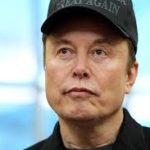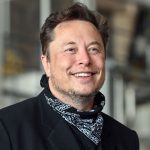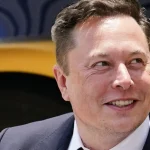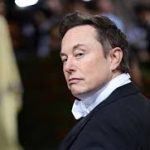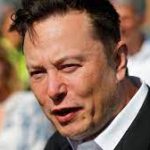Elon Musk’s Cybertruck Targeted in U.S. Attacks: What’s Behind It?
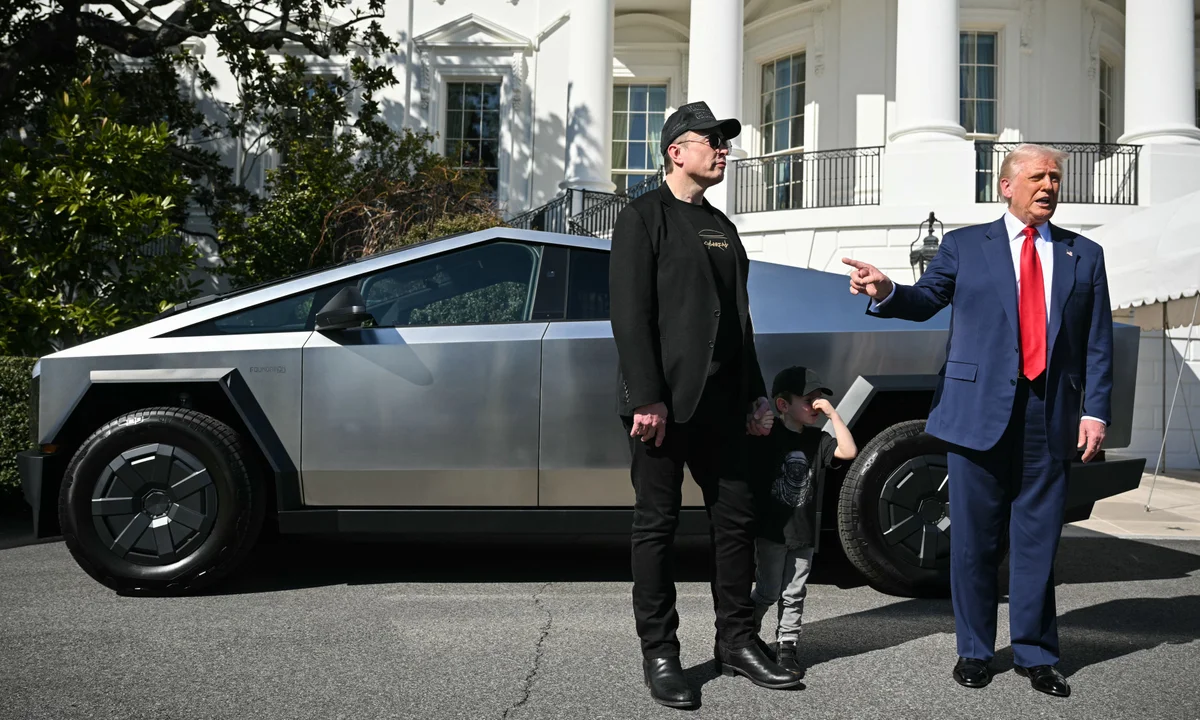
Elon Musk’s Cybertruck Targeted in U.S. Attacks: What’s Behind It?
Introduction: Elon Musk’s Tesla Cybertruck, one of the most anticipated and controversial vehicles in recent memory, has recently become the target of attacks in the U.S., raising concerns about its safety, security, and the growing tension around its release. The all-electric truck, with its futuristic design and bold promises of performance and sustainability, has already generated significant buzz—both positive and negative. However, the recent wave of attacks targeting the Cybertruck has shifted the spotlight onto the potential risks and challenges the vehicle may face as it hits the market. In this article, we explore the nature of these attacks, the potential motivations behind them, and what they reveal about the Cybertruck’s place in the broader cultural and political landscape.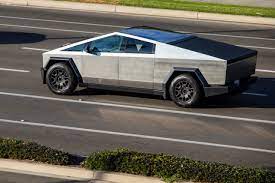
The Cybertruck Attacks: What Happened? In recent weeks, reports have surfaced of incidents where Tesla Cybertrucks were targeted by vandals and criminals in several U.S. cities. These attacks have ranged from physical damage to the vehicle’s body to attempts at disabling its advanced technology systems. The incidents seem to be concentrated in areas where the Cybertruck’s high visibility and unorthodox design have already caused public debate. While the specifics of the attacks are still under investigation, the fact that multiple vehicles have been targeted raises questions about what’s driving this surge in hostility toward the truck.
One of the most notable incidents involved a group of individuals who reportedly used heavy tools to damage the vehicle’s exoskeleton, which is made of ultra-hard stainless steel. This unique material, touted as an indestructible feature of the Cybertruck, was initially seen as an advantage, but these attacks suggest that some individuals may be seeking to undermine the vehicle’s reputation for durability and toughness. The attacks, although not widespread, have added fuel to the fire of critics who have long questioned the truck’s practicality, safety, and potential for mass-market appeal.
Motivations Behind the Attacks: While the exact motivations behind these attacks remain unclear, there are several potential factors at play. One possible explanation is the backlash against the Cybertruck’s unconventional design. The truck’s sharp angles, armored body, and angular appearance have polarized opinion, with many praising its boldness and others finding it garish and out of place. The design’s divisive nature may have led some to express their displeasure in extreme ways, leading to these vandalism incidents.
Another key factor could be the growing political and cultural tension surrounding electric vehicles and Musk’s influence in the tech and automotive industries. Musk has been a controversial figure for years, and the rollout of the Cybertruck has only amplified this. With his outspoken views on issues like the future of the electric vehicle market, government regulation, and even social media, Musk has become a polarizing figure in American culture. Some critics of his businesses may see the Cybertruck as a symbol of everything they dislike about Musk’s vision for the future, and thus target the vehicle as a form of protest.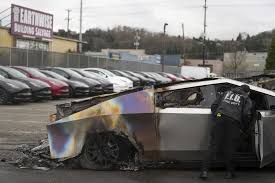
Environmental concerns may also play a role. While the Cybertruck is electric and therefore more environmentally friendly than traditional gas-powered trucks, some environmentalists have expressed concerns about the resources required to produce such a large vehicle, particularly given its weight and size. These concerns, combined with Musk’s complex relationship with environmental activism, could motivate individuals who view the Cybertruck as a symbol of wastefulness or unsustainable progress to lash out.
Finally, the rise of anti-tech sentiment could be contributing to the attacks. In recent years, large tech companies, particularly those led by figures like Musk, have faced increasing scrutiny for their influence on society, politics, and the economy. Some critics argue that tech giants have too much power, and their products—like the Cybertruck—represent an elitist, tech-driven future that they find threatening. In this context, attacks on the Cybertruck could be seen as an expression of resistance against the growing dominance of tech in our daily lives.
Cybertruck’s Role in the Market and Society: The Cybertruck, with its audacious design and high-performance specifications, is more than just a vehicle; it’s a statement. Musk’s vision for the truck has been clear: it’s meant to disrupt the traditional pickup truck market, offering a rugged, durable, and sustainable alternative to gas-powered trucks. The vehicle’s release has already sparked discussions about the future of transportation, especially as the industry moves toward electrification.
Despite the recent attacks, the Cybertruck has garnered a loyal following, with preorders numbering in the hundreds of thousands. Many Tesla enthusiasts are excited about the vehicle’s potential, seeing it as a perfect fusion of technology, innovation, and sustainability. However, its arrival also raises important questions about the future of automotive design and the role of tech in shaping the way we travel. The Cybertruck is one of the first major products to challenge the traditional auto industry’s longstanding conventions, and its success or failure could have lasting implications for the future of electric vehicles and the broader tech landscape.
Moreover, the vehicle’s divisive design and unique features have placed the Cybertruck at the intersection of broader cultural debates, including the role of technology in everyday life, environmental sustainability, and the balance between innovation and tradition. The attacks on the Cybertruck, while unfortunate, highlight the strong reactions it elicits from different parts of society, reflecting the complex emotions that are tied to the rapidly changing world of technology and its impact on our lives.
What the Attacks Say About the Cybertruck’s Future: The attacks on the Cybertruck may serve as a sign of the challenges Tesla and Musk will face as they attempt to bring the vehicle to a mass market. The Cybertruck’s arrival is set to disrupt not only the automotive industry but also the cultural and political spheres, as it touches on issues ranging from environmentalism to the role of tech billionaires in shaping society. Whether or not these attacks are isolated events or a sign of deeper opposition remains to be seen, but they certainly underscore the need for careful consideration of public perception and engagement when introducing groundbreaking technologies.
At the same time, these incidents may only fuel the truck’s mystique and appeal. Musk is no stranger to controversy, and many Tesla fans see his willingness to challenge the status quo as a positive attribute. In this sense, the attacks may only reinforce the idea that the Cybertruck is a symbol of innovation and boldness—something that resonates with those who embrace Musk’s vision of the future.
Conclusion: The recent attacks on the Tesla Cybertruck highlight the complexities surrounding its release and the polarizing effect it has had on the public. As one of the most innovative and controversial vehicles in recent history, the Cybertruck represents much more than just a new product—it’s a symbol of the shifting dynamics of the tech and automotive industries. While the attacks on the vehicle raise questions about public reception, they also reflect the passionate responses that disruptive technologies often provoke. Whether these incidents reflect growing opposition or simply the challenges of introducing something radically new, they are part of the larger narrative surrounding Musk’s ambitious efforts to change the way we think about transportation. The Cybertruck’s journey from concept to reality is just beginning, and the reactions it elicits will continue to shape its place in the automotive landscape.
